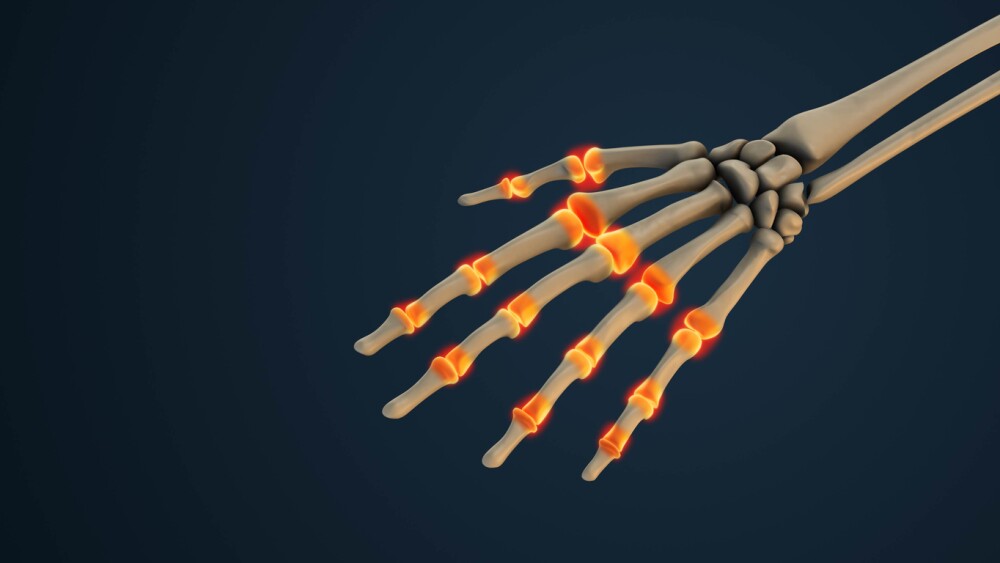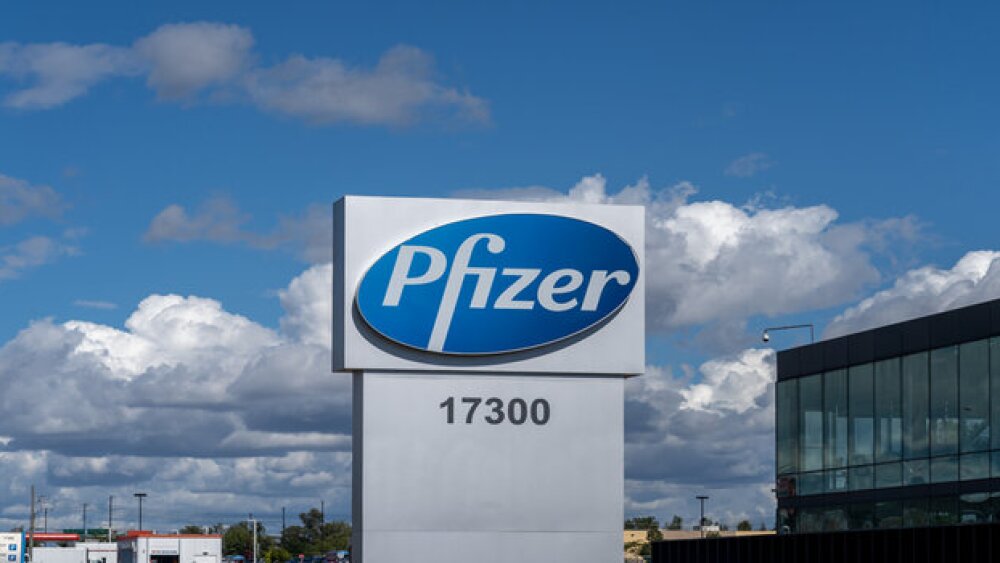Neovasc Inc. announced financial results for the fourth quarter and fiscal year ended December 31, 2017 (all figures in U.S. dollars unless otherwise indicated).
VANCOUVER, March 28, 2018 /PRNewswire/ - Neovasc Inc. ("Neovasc" or the "Company") (NASDAQ, TSX: NVCN), a leader in the development of minimally invasive transcatheter mitral valve replacement technologies and the Reducer therapy for Refractory Angina, today announced financial results for the fourth quarter and fiscal year ended December 31, 2017 (all figures in U.S. dollars unless otherwise indicated).
"Since joining Neovasc in late January, I have been evaluating the Company's current clinical and commercial activities, as well as organizational and financial matters. We are making adjustments to these programs and have started to implement a broader turnaround strategy designed to more effectively create value for our patients, customers, shareholders and employees, while bringing our innovative products to market," commented Fred Colen, Neovasc's Chief Executive Officer. "We still face challenges, however, I believe that our innovative and promising products, as well as the determination of our team, will lead us to long-term success."
"We have three specific tasks to focus on, in order to recognize the potential of our Tiara and Reducer products. Our goal is to expand on the foundation we established in Europe and on the growing enthusiasm in the market for the Reducer therapy, based on the initial, promising clinical experiences. We also remain pleased with the clinical results to-date from the first 50 Tiara implants, with ongoing enrollment in our Tiara I and II studies, as well as the initiation of the development of the transfemoral, trans-septal version of Tiara," concluded Colen.
The Tiara Mitral Valve
The Tiara™ (the "Tiara") Mitral Valve has shown its potential as a viable clinical treatment in the early results of the Company's clinical science programs, as well as in compassionate use cases for patients with severe Mitral Regurgitation and enlarged left ventricles, in patients who are considered to be at high risk for surgery.
Neovasc will continue to focus on enrolling patients in the European Tiara II CE Mark clinical study. To date, 12 patients have been enrolled in this study, with an additional two patients scheduled for implantation and several other patients currently under evaluation for eligibility. The 30-day survival rate in the first 49 patients is 44 of 49, or 90%. There were 21 cases performed in 2017, each of which was a technical success (100%), and had a 90% survival rate at 30 days.
The European Tiara II CE Mark clinical study is on track to allow the Company to apply for CE Mark approval in approximately 2020. In an effort to streamline and increase patient enrollment for this trial, the Company has worked hard to establish an easy-to-use, local pre-screening process and tool, which has recently been completed and is now being implemented in Europe. Neovasc has also increased its field clinical engineering support in Europe, which will provide greater "on the ground" support to the sites and streamline the screening process by reducing the time it takes from initially identifying a patient to the time of implantation.
Simultaneously, Neovasc is in the process of recruiting and qualifying additional clinical study sites in Germany, the UK, Spain and Israel. The Company currently has ten clinical sites: five in Germany, three in Italy and two in the UK. Neovasc will seek to add six clinical sites in the first list of countries over the course of the next few months, and is in early-stage discussions on additional clinical study sites in Germany and one in the Netherlands.
The Reducer
The Neovasc Reducer™ (the "Reducer") has a solid market opportunity as implant rates start to gain traction in Europe and the Middle East. The commercial progress for the Reducer in the first 2018 quarter to-date has been encouraging with a 41% increase in implants compared to the same time-period of 2017. The Company plans to further increase that momentum to achieve a doubling of implants in EMEA in 2018 over 2017. A key factor for success and growth is the NUB 1 status for new therapies in Germany, which the Reducer received at the end of January 2018.
The Company continues to enroll in the Reducer I clinical study and is exploring options for initiating of the COSIRA-II IDE study, an approximately 380-patient study to be conducted at up to 35 centers in the United States, which was recently approved by the FDA in late 2017.
Results for the quarters ended December 31, 2017 and 2016
Revenues
Revenues decreased 43% to $5,389,014 for the year ended December 31, 2017, compared to revenues of $9,512,796 for the same period in 2016. The Company continues to focus its business away from its traditional revenue streams and towards the development and commercialization of its own products, the Reducer and the Tiara. In December 2017, the Company closed its contract manufacturing and consulting services.
Sales of the Reducer for the year ended December 31, 2017 were $1,128,126, compared to $1,004,948 for the same period in 2016, representing an increase of 12%. While the Company is disappointed by this top line growth, management can point to a 38% increase in implantations from 174 in 2016 to 240 in 2017 as a sign that the underlying business is growing. Importantly, in the fourth quarter of 2017, the Company reported a doubling of the implant rate as compared to the same period in 2016. The Company expects that orders from our distributors, and our recorded revenue, will trend toward this underlying growth rate in the coming periods. The Company recognizes that future revenues may be unstable before the Reducer becomes widely adopted. The continued success of the commercialization of the Reducer will be dependent on the amount of internal resources allocated to the product, obtaining appropriate reimbursement codes in various territories and correctly managing the referrals process.
Contract manufacturing revenues for the year ended December 31, 2017 were $949,379, compared to $3,746,521 for the same period in 2016, representing a decrease of 75%. The decrease in revenue for the year ended December 31, 2017 compared to the same period in 2016 is primarily due to the loss of Boston Scientific Corporation ("Boston Scientific") as a customer. Revenues from consulting services for the year ended December 31, 2017 were $3,311,509, compared to $4,761,327 for the same period in 2016, representing a decrease of 30%. This decline is indicative of the trend the Company was seeing in consulting service revenue prior to closing its consulting services.
Cost of Goods Sold
The cost of goods sold for the year ended December 31, 2017 was $3,477,821, compared to $7,091,761 for the same period in 2016. The overall gross margin for the year ended December 31, 2017 was 35%, compared to 25% gross margin for the same period in 2016. The Company has seen its gross margins increase due to a change in the product mix as Reducer revenues reflect an increasing proportion of the overall revenues.
Expenses
Total expenses for the year ended December 31, 2017 were $34,060,101, compared to $39,243,928 for the same period in 2016, representing a decrease of $5,183,857 or 13%. The decrease in total expenses for the year ended December 31, 2017 compared to the same period in 2016 reflects a $3,498,004 reduction in general and administrative expenses (of which, $10,377,241 relates to a decrease in litigation expenses offset by expenses related to the 2017 Financings (as defined below) of $5,447,182) and a $1,875,411 decrease in product development and clinical trial expenses to preserve cash resources.
Selling expenses for the year ended December 31, 2017 were $886,226, compared to $696,638 for the same period in 2016, representing an increase of $189,588, or 27%. The increase in selling expenses for the year ended December 31, 2017 compared to the same period in 2016 reflects an increase in costs incurred for commercialization activities related to the Reducer. The Company continues to minimize its selling expenses in the light of the impact of litigation on the cash resources of the Company.
General and administrative expenses for the year ended December 31, 2017 were $15,684,783, compared to $19,182,787 for the same period in 2016, representing a decrease of $3,498,004, or 18%. The decrease in general and administrative expenses for the year ended December 31, 2017 compared to the same period in 2016 can be substantially explained by a $10,759,788 decrease in litigation expenses, partially offset by an increase in expenses related to the 2017 Financings of $5,447,182.
Product development and clinical trial expenses for the year ended December 31, 2017 were $17,489,092 compared to $19,364,503 for the same period in 2016, representing a decrease of $1,875,411, or 10%. The decrease in product development and clinical trial expenses for the year ended December 31, 2017 was the result of a decision and need to preserve cash resources until the decision from the Appeals Court in the primary U.S. litigation with CardiAQ was final.
Other Income and Loss
The other income for the year ended December 31, 2017 was $9,724,615, compared to a loss of $49,471,477 for the same period in 2016, an increase in other income of $59,196,092. The increase in the other income can be substantially explained by a $111,781,096 damages provision in relation to the Company's litigation with CardiAQ charged in year ended December 31, 2016 and an offsetting $65,095,733 gain on sale of assets related to an agreement with Boston Scientific in the same year. The accounting treatment of the 2017 Financings resulted in a $7,380,102 net gain and foreign exchange changes accounted for a $5,690,603 gain between the years.
Losses
The operating losses and comprehensive losses for the year ended December 31, 2017 were $22,908,721 and $24,859,117, respectively, or $0.28 basic and diluted loss per share, as compared with losses of $86,494,893 and $82,397,922, respectively, or $1.28 basic and diluted loss per share, for the same period in 2016.
The $63,870,077 decrease in the operating loss incurred for the year ended December 31, 2017 compared to the same period in 2016 is mostly attributable to a $111,781,096 damages provision in relation to the Company's primary U.S. litigation with CardiAQ that was charged in year ended December 31, 2016 and an offsetting gain of $65,095,733 on the sale of assets related to an agreement with Boston Scientific in the same year. The accounting treatment of the 2017 Financings resulted in a net $7,380,102 gain and foreign exchange changes accounted for a $5,690,603 gain between the years. In addition, there was a $3,498,004 reduction in general and administrative expenses, of which $10,377,241 relates to a decrease in litigation expenses offset by expenses related to the 2017 Financings of $5,447,182, and a decrease of in product development and clinical trial expenses of $1,875,411.
Discussion of Liquidity and Capital Resources
Neovasc finances its operations and capital expenditures with cash generated from operations and equity, and debt financings. As at December 31, 2017, the Company had cash and cash equivalents of $17,507,157 compared to cash and cash equivalents of $22,954,571 as at December 31, 2016. The Company will require significant additional financing in order to continue to operate its business. There can be no assurance that such financing will be available on favorable terms, or at all, and the Company's outstanding Warrants and Notes (as defined below) will make raising this capital more difficult. These circumstances create material uncertainty and cast substantial doubt about the Company's ability to continue as a going concern.
The Company has paid the $112 million litigation damages associated with the primary U.S. CardiAQ litigation and there is no provision for litigation damages as of December 31, 2017.
Outstanding Share Data
On November 17, 2017, the Company completed an underwritten offering of 6,609,588 Series A units and 19,066,780 Series B units of the Company, at a price of $1.46 per Unit for gross proceeds of approximately $37,487,497 (the "2017 Public Transaction"). Concurrent with the 2017 Public Transaction, the Company completed a private placement for the sale of $32,750,000 aggregate principal amount of senior secured convertible notes (the "Notes") and Series E warrants of the Company (the "2017 Private Placement", and together with the 2017 Public Transaction, the "2017 Financings"). The proceeds from the 2017 Financings were mostly applied towards damages and interest awards associated with the primary U.S. CardiAQ litigation.
On January 30, 2018, the remaining 1,698,841 Series D warrants issued pursuant to the 2017 Public Transaction were exercised for gross proceeds of $16,699 and 1,698,841 shares were issued from treasury.
As of March 28, 2018, of the 25,676,368 Series B warrants initially issued pursuant to the 2017 Public Transaction (the "Series B Warrants"), 11,170,788 had been exercised using the cashless alternative net number mechanism for 149,350,096 common shares of the Company and of the 22,431,506 Series F Warrants initially issued pursuant to the 2017 Public Transaction (the "Series F Warrants"), 21,041,660 had been exercised using the cashless alternative net number mechanism for 223,427,286 common shares of the Company. As of March 28, 2018, there were 14,505,580 Series B Warrants and 1,389,846 Series F Warrants outstanding.
As at March 28, 2018, the Company had 477,441,751 common voting shares issued and outstanding. Further, the following securities are convertible into common shares of the Company: 9,419,117 stock options with a weighted average price of C$3.13, 74,277,272 warrants and a convertible note that could convert into 22,431,507 common shares (not taking into account the alternate net number mechanism in the Series B Warrants and Series F Warrants or the alternate conversion price mechanism in the Notes). Our fully diluted share capital as of the same date is 583,569,647. Our fully diluted share capital, adjusted on the assumption that all the remaining Series B Warrants and Series F Warrants are exercised using the cashless alternative net number mechanism and the outstanding Notes are exercised using the alternate conversion price at the closing price on March 27, 2018 is 1,519,760,607.
For description of the terms of the securities issued pursuant to the 2017 Financings, see the forms of warrants and note previously filed on SEDAR and with the SEC on Form 6-K and the prospectus supplement previously filed on SEDAR and with the SEC. For a description of the risks associated with the securities issued pursuant to the 2017 Financings, the amount of such securities exercised to date and the dilution to date caused by such exercises, see the Company's Annual Information Form, which is available on SEDAR at www.sedar.com and on Form 6-K furnished with the SEC at www.sec.gov.
The Company prepares its consolidated financial statements in accordance with International Financial Reporting Standards, as issued by the International Accounting Standards Board.
Neovasc's 2017 Annual Information Form, Management's Discussion and Analysis and Consolidated Financial Statements and related notes will be posted on the Company's website at www.neovasc.com and will be filed on SEDAR and with the SEC on Form 6-K. In addition to the summary contained herein, readers are encouraged to review the full disclosure in these documents. The Company's Annual Report on Form 20-F will be filed with the SEC by April 30, 2018.
Conference Call and Webcast information
Neovasc will be hosting a conference call today at 4:30 pm ET to discuss these results. To participate in the conference, dial 800-281-7973 (domestic) or 323-794-2093 (international) and use passcode 4395026#. A recording of the call will be available until April 10, 2018 by calling 844-512-2921 or 412-317-6671 and using passcode 4395026#. A link to the live and archived audio webcast of the conference call will also be available on the Presentations and Events page of the Investors section of Neovasc's website at www.neovasc.com.




